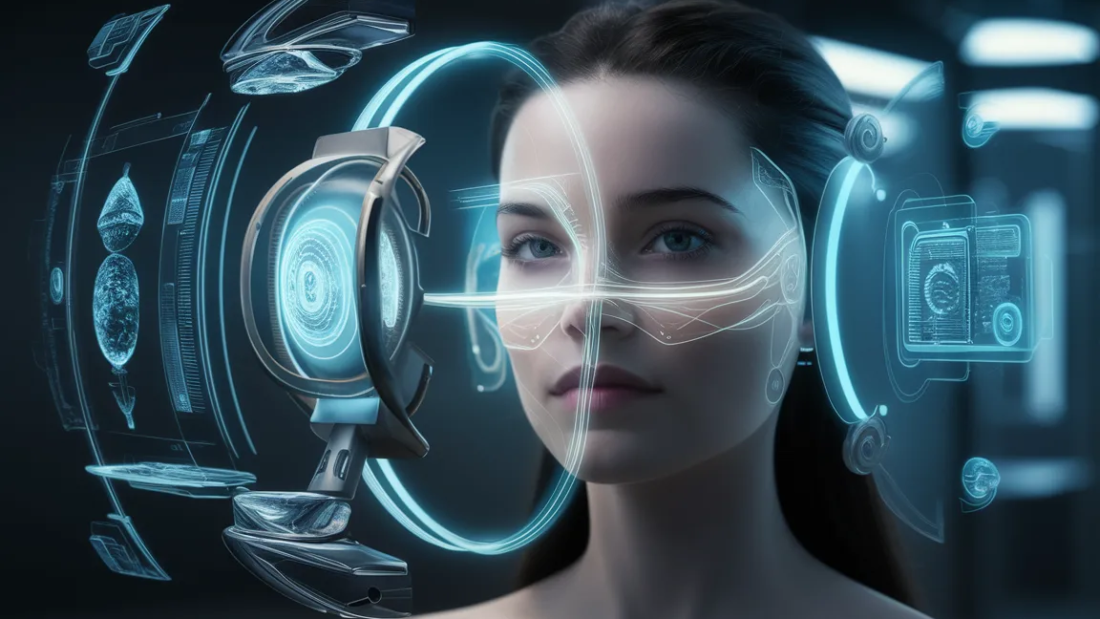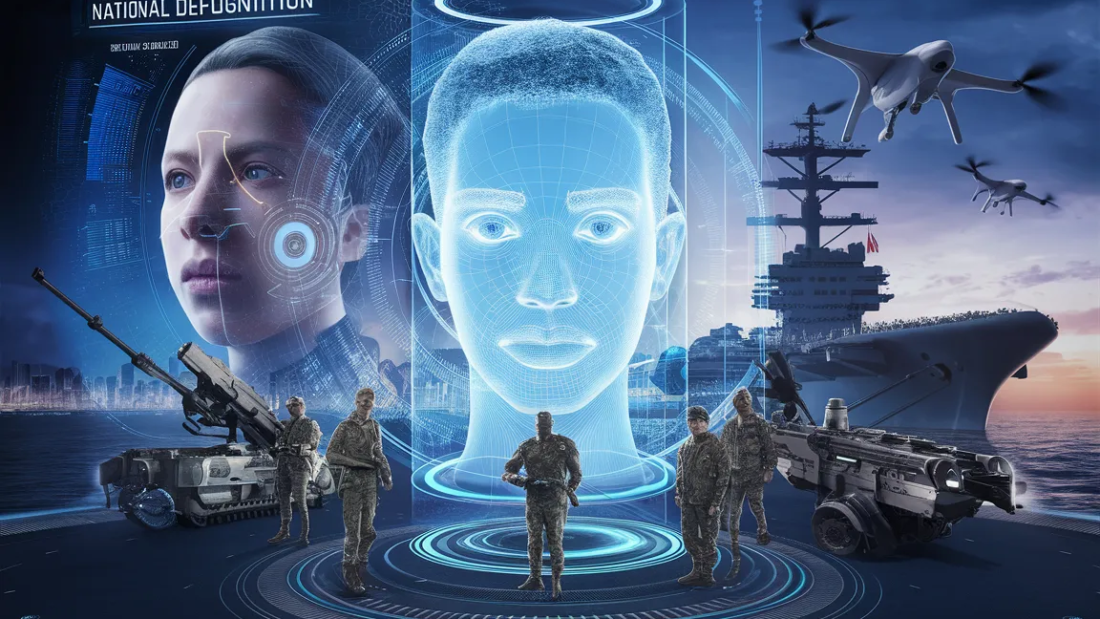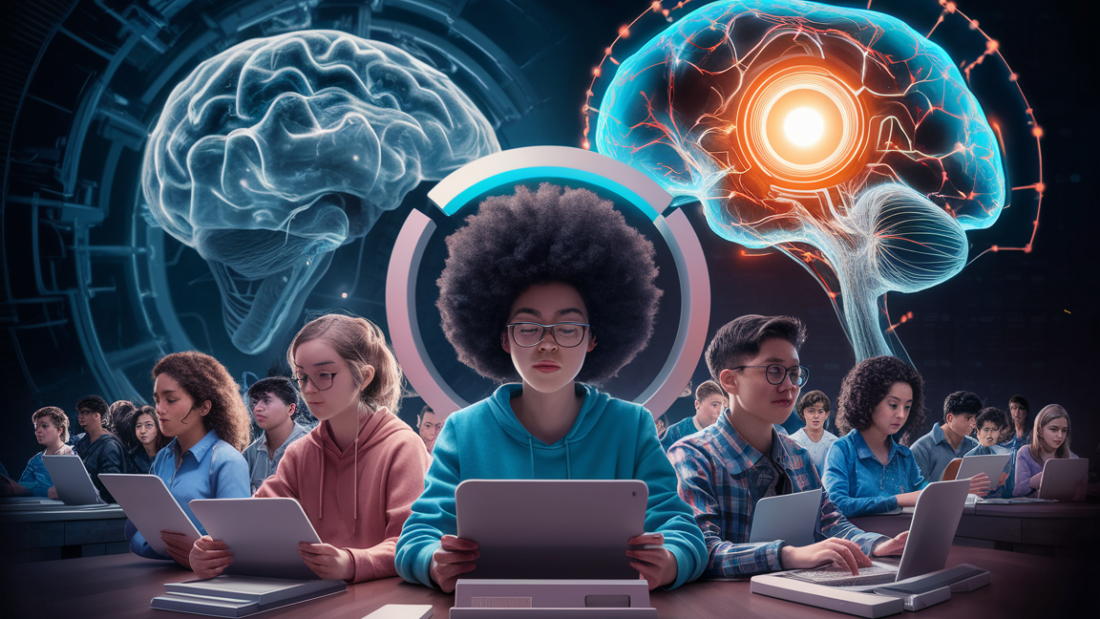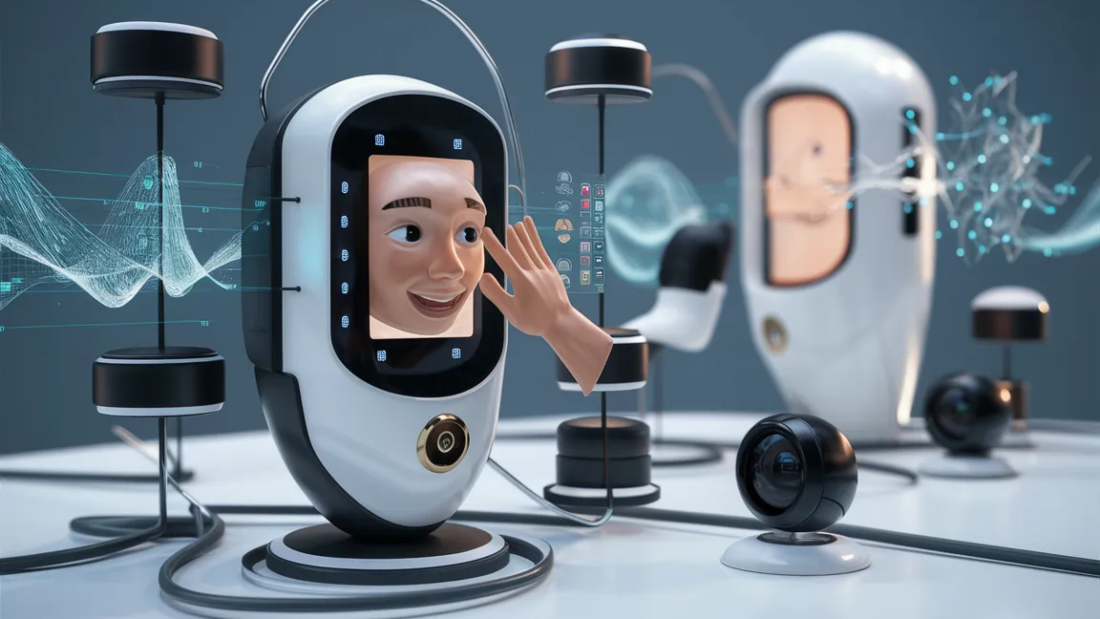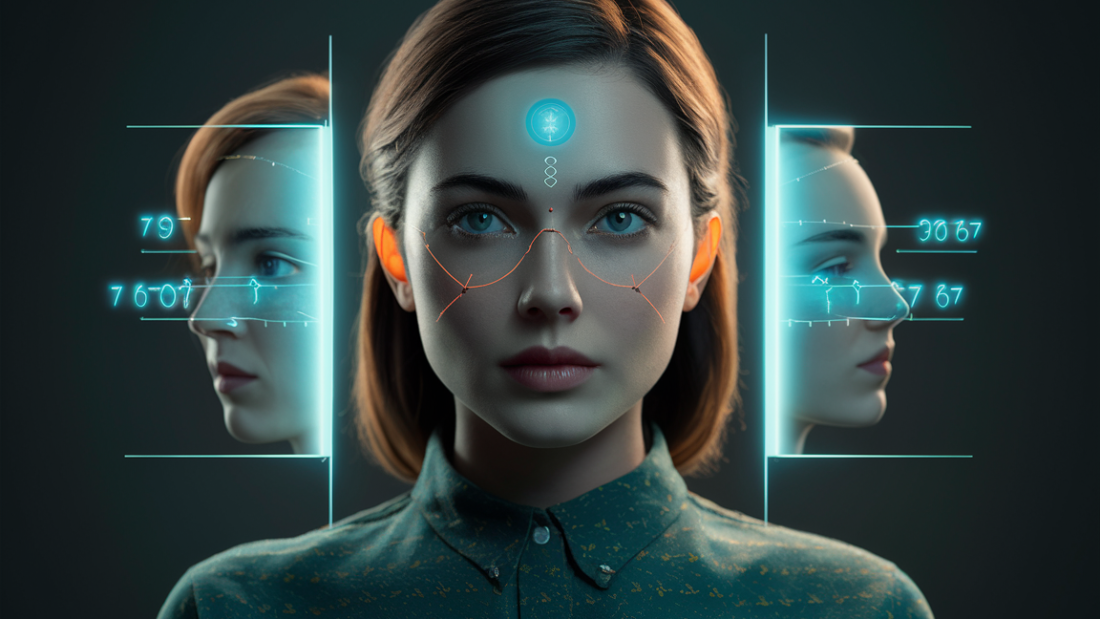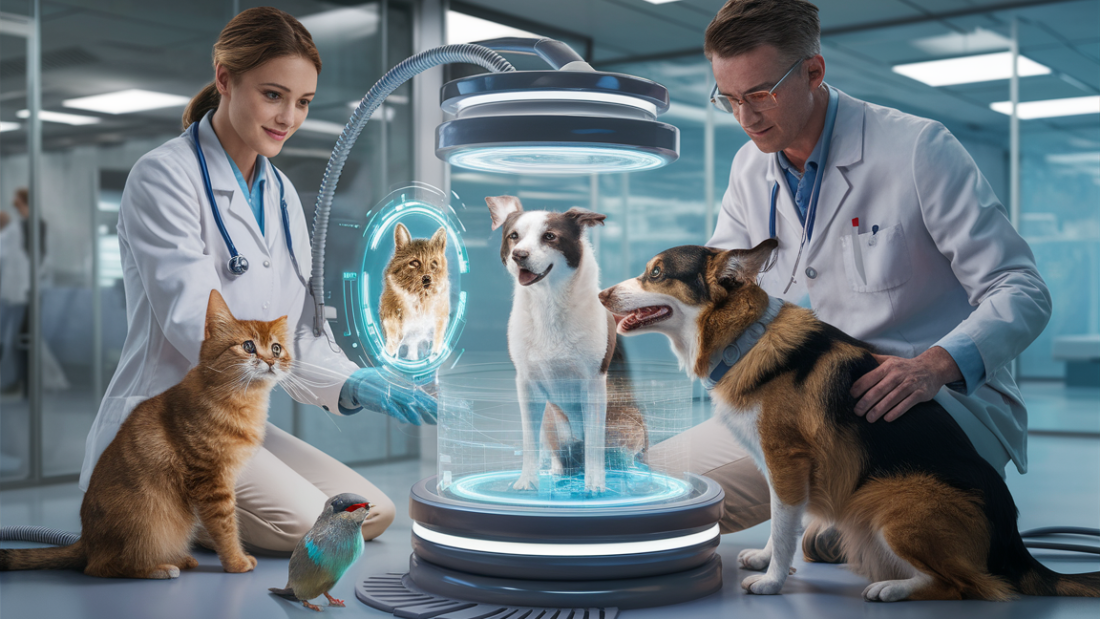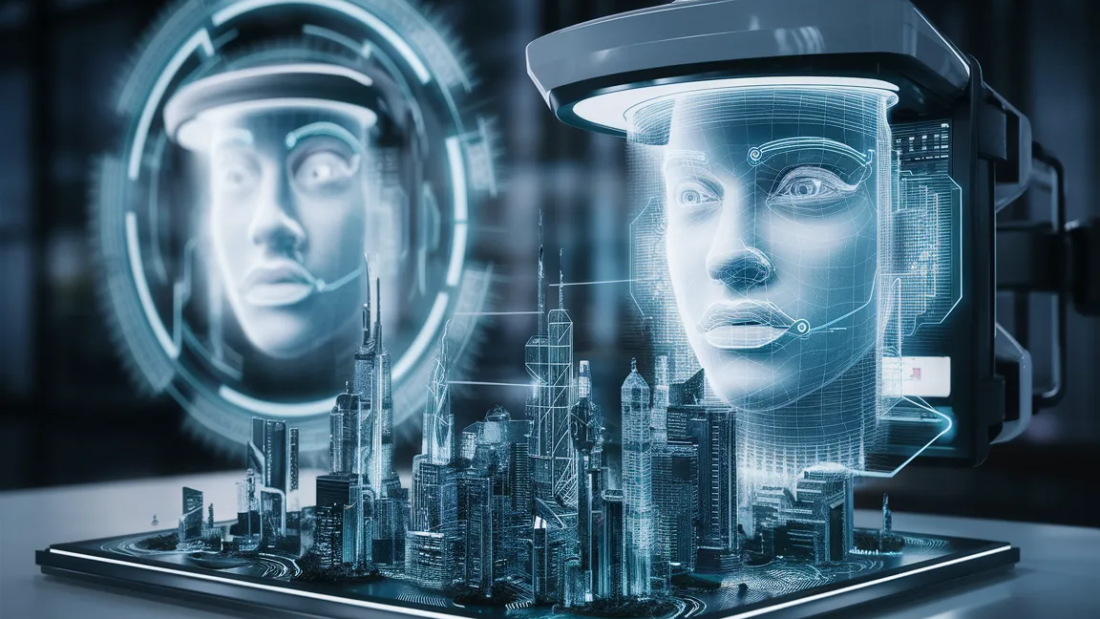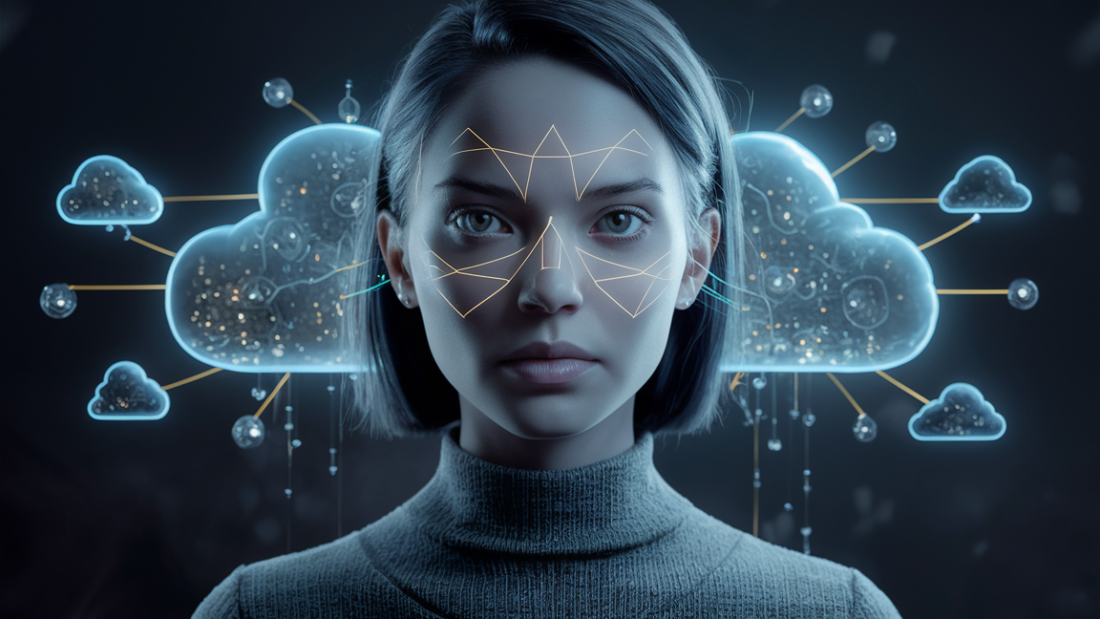Step into a world where your face becomes your key. Face recognition technology, once a sci-fi dream, is now revolutionizing security measures worldwide. Imagine breezing through checkpoints with just a glance while unauthorized access is thwarted in an instant. This cutting-edge solution offers unparalleled convenience and robust protection, ensuring only authorized individuals gain entry.
Embrace the future of security with face recognition – a seamless blend of innovation and safeguarding. Say goodbye to cumbersome passwords and vulnerable access cards; say hello to swift, secure authentication at your fingertips. Join us as we delve into the realm of face recognition technology and unlock its potential for a safer, more efficient tomorrow.
Key Takeaways
- Face recognition technology has evolved significantly, impacting various sectors like retail, education, healthcare, and security.
- The synergy between Augmented Reality (AR) and face recognition is enhancing user experiences in gaming, retail, and personalized services.
- AR gaming is being revolutionized through the incorporation of facial recognition, offering more immersive and interactive gameplay experiences.
- Retail industries are leveraging AR and face recognition to personalize customer interactions, enhance shopping experiences, and drive sales.
- Educational institutions are adopting AR technology with face recognition for innovative learning experiences and personalized educational content.
- Healthcare sector is witnessing innovations through the integration of AR and facial recognition for improved patient care and diagnostic accuracy.
Evolution of Face Recognition
Origins
Facial recognition systems originated in the 1960s as a computer application for identifying faces in images. This marked the initial steps towards automating face identification processes.
Technological Advancements
Over time, facial recognition technology has evolved significantly, expanding beyond its initial applications. Today, it is integrated into various technologies such as smartphones, robotics, and security systems. The advancement of this technology has revolutionized how we interact with devices and access secure spaces.
DARPA and ARL Contributions
The Defense Advanced Research Projects Agency (DARPA) and the Army Research Laboratory (ARL) played a pivotal role in advancing face recognition technology. They established the Face Recognition Technology (FERET) program to develop automatic face recognition capabilities. This initiative was crucial in enhancing the accuracy and efficiency of facial recognition systems.
AR and Face Recognition Synergy
Seamless Integration
Augmented reality (AR) and facial recognition technologies seamlessly integrate to enhance user experiences. AR overlays digital information onto the real world, while facial recognition identifies individuals based on unique facial features.
When combined, AR can use facial recognition data to personalize experiences in real-time. For instance, AR glasses equipped with facial recognition can display relevant information about individuals in a social setting.
Enhanced User Experiences
The synergy between AR and facial recognition offers numerous benefits for users. By recognizing faces, AR devices can provide tailored content or services. This personalized approach enhances engagement and interaction.
Moreover, the integration of these technologies can lead to improved security measures. For example, unlocking an AR device through facial recognition adds an extra layer of security while ensuring a seamless user experience.
Real-World Applications
In the retail sector, companies are leveraging the synergy between AR and facial recognition to offer personalized shopping experiences. By analyzing customers’ facial expressions, retailers can tailor product recommendations or promotions based on their emotions.
Another practical application is in the field of healthcare. Medical professionals use AR headsets with embedded facial recognition to access patient records hands-free. This streamlined process improves efficiency and accuracy in patient care.
Pros:
- Personalized user experiences
- Enhanced security measures
- Improved efficiency in various industries
Cons:
- Privacy concerns related to facial data storage
- Potential misuse of facial recognition technology
Enhancing AR Gaming with Faces
Personalized Interactions
Facial recognition technology in augmented reality (AR) gaming enhances the player’s experience through personalized interactions. By analyzing facial features, games can adapt to individual players’ emotions and reactions. This level of customization creates a more engaging and immersive gameplay environment.
Immersive Gameplay Experiences
Popular AR games like “Pokémon GO” and “Harry Potter: Wizards Unite” utilize facial recognition to enhance the overall gaming experience. These games incorporate facial expressions to trigger specific in-game actions or reactions, making the gameplay more interactive and lifelike. Players feel more connected to the virtual world through these personalized interactions.
Customizable Avatars
Facial recognition technology allows players to create customizable avatars that closely resemble their real-life appearances. This feature adds a personal touch to the gaming experience, enabling players to see themselves reflected in the virtual environment. The ability to customize avatars based on facial features enhances player identification with their in-game characters.
Enhanced Social Interactions
In AR gaming, facial recognition fosters enhanced social interactions among players. By recognizing facial expressions and gestures, games can facilitate non-verbal communication between users, leading to a more immersive multiplayer experience. Players can convey emotions and intentions through their avatars, enriching social connections within the game.
Real-time Emotion Detection
Facial recognition technology enables real-time emotion detection in AR games, allowing for dynamic gameplay adjustments based on players’ emotional states. Games can respond to changes in facial expressions, adapting challenges or rewards accordingly. This feature adds an element of unpredictability and excitement to the gaming experience.
Increased Player Engagement
Retail Revolution through AR and Faces
Enhanced Customer Engagement
Facial recognition technology integrated with augmented reality (AR) has sparked a retail revolution, transforming the way businesses interact with customers. By analyzing facial features, retailers can tailor personalized shopping experiences based on individual preferences. This level of customization enhances customer engagement and fosters brand loyalty.
Retailers leverage facial recognition in AR to offer targeted promotions and recommendations, creating a more immersive shopping journey for consumers. Through real-time analysis of shoppers’ expressions, retailers can gauge interest levels and adjust marketing strategies accordingly. This personalized approach not only boosts sales but also cultivates a deeper connection between brands and customers.
Marketing Innovation
Innovative retailers are harnessing the power of AR and facial recognition to revolutionize marketing strategies. By incorporating facial recognition technology into AR applications, businesses can create interactive advertising campaigns that resonate with consumers on a personal level. These campaigns utilize facial data to deliver tailored content that aligns with individual preferences, enhancing the overall shopping experience.
Moreover, facial recognition in AR enables retailers to offer virtual try-on experiences, allowing customers to visualize products before making a purchase. This immersive feature not only reduces return rates but also increases consumer confidence in their buying decisions. By integrating AR and facial recognition into marketing initiatives, retailers can differentiate themselves in a competitive market landscape.
Customer Service Enhancement
The integration of facial recognition in AR is redefining customer service standards within the retail industry. Retailers can now provide personalized assistance based on customers’ unique preferences and past interactions. By recognizing individuals through facial biometrics, businesses can offer tailored product recommendations, address specific needs, and enhance overall satisfaction levels.
Facial recognition technology enables retailers to streamline the checkout process through facial authentication, eliminating the need for physical payment methods. This seamless transaction experience not only enhances convenience for customers but also reinforces brand trust and security measures.
Educational Advances with AR
Interactive Learning
Augmented reality (AR) and facial recognition technologies have revolutionized the educational sector. These advancements offer interactive learning experiences, engaging students in a dynamic and immersive way.
AR enables students to visualize complex concepts through 3D models, simulations, and interactive elements. This technology enhances comprehension and retention by making learning more engaging and memorable.
Benefits of AR in Education
The integration of AR and facial recognition in education brings numerous benefits. One key advantage is the ability to cater to different learning styles, providing personalized learning experiences for students.
Facial recognition technology can track student engagement levels, allowing educators to adjust their teaching methods accordingly. Moreover, AR applications can create collaborative environments where students can interact virtually with peers worldwide.
- Improved student engagement
- Personalized learning experiences
- Enhanced collaboration among students
Innovative Teaching Methods
Several educational institutions have embraced AR and facial recognition to enhance their teaching methods. For example, some schools use AR apps to bring historical events to life through virtual tours or interactive timelines.
Universities utilize facial recognition for attendance tracking, ensuring accurate records while saving time for both students and faculty members. Additionally, language learning programs incorporate AR features for interactive vocabulary lessons.
- Virtual tours of historical sites
- Attendance tracking using facial recognition
- Interactive language learning activities
Healthcare Innovations via AR
Patient Care
Facial recognition technology integrated into Augmented Reality (AR) is transforming patient care in healthcare settings. By utilizing facial recognition, medical professionals can quickly access patient information, medical history, and treatment plans with a simple scan of a patient’s face. This streamlines the care process, leading to more efficient and personalized treatments.
Innovations in AR have enabled healthcare providers to enhance patient identification accuracy through facial recognition. This ensures that the right treatment is administered to the right individual, reducing errors and improving overall patient outcomes. AR-powered facial recognition systems help in monitoring patients’ vital signs and responses in real-time, enabling timely interventions and adjustments to treatment plans.
Medical Training
AR technologies incorporating facial recognition are revolutionizing medical training by offering immersive learning experiences. Trainee doctors and healthcare professionals can now practice procedures on virtual patients with realistic facial expressions and reactions. This hands-on approach enhances their skills, decision-making abilities, and confidence in handling real-life medical scenarios.
By simulating complex medical cases using AR and facial recognition, medical students can gain valuable experience in diagnosing conditions, interpreting symptoms, and developing treatment strategies. This interactive learning environment fosters a deeper understanding of healthcare practices and cultivates critical thinking skills essential for delivering quality patient care.
Diagnostics Enhancement
The integration of facial recognition within AR applications has significantly improved diagnostic processes in healthcare. Medical imaging technologies combined with facial recognition algorithms enable faster and more accurate detection of abnormalities or diseases based on subtle facial cues. This advancement aids healthcare professionals in early diagnosis and intervention, leading to better prognoses for patients.
AR-based diagnostic tools leveraging facial recognition technology provide detailed insights into patients’ conditions by analyzing facial features indicative of underlying health issues. These tools assist clinicians in identifying patterns, trends, and risk factors efficiently, facilitating precise diagnoses and tailored treatment plans for improved patient outcomes.
Personalization and Security Benefits
Tailored Experiences
Facial recognition in AR enables personalized experiences by adapting content based on individual characteristics. Users can enjoy customized filters, effects, and recommendations.
AR technology utilizes facial recognition to provide tailored content, such as personalized shopping suggestions or interactive gaming experiences. This enhances user engagement and satisfaction.
Enhanced Security Measures
Facial recognition in AR offers secure access controls by verifying identities through biometric data. This ensures only authorized individuals can access sensitive information or restricted areas.
By integrating facial recognition with AR, security measures are heightened, preventing unauthorized access and enhancing data protection. Biometric authentication adds an extra layer of security.
Balancing Personalization and Privacy
It is crucial to maintain a balance between personalization benefits and privacy concerns when implementing facial recognition in AR applications. Striking this balance is essential for building trust with users.
While personalization enhances user experiences, it is vital to address privacy issues such as data protection and consent. Implementing robust privacy policies is necessary to safeguard user information.
Challenges and Ethical Issues
Privacy Concerns
Privacy concerns are a major challenge with the widespread adoption of facial recognition technology. Individuals worry about their personal information being misused or accessed without consent. Data breaches can lead to severe consequences, including identity theft and unauthorized surveillance.
Facial recognition systems raise ethical dilemmas regarding informed consent and data protection. Users may not be aware of how their facial data is collected, stored, and used. This lack of transparency can result in privacy violations, eroding trust in the technology.
Biases and Incorrect Identifications
Facial recognition algorithms have been criticized for their biases towards certain demographics, leading to incorrect identifications. These biases can disproportionately impact marginalized communities, perpetuating existing inequalities.
The accuracy of facial recognition systems has been questioned, especially when it comes to identifying individuals with differing appearances, such as people of color or those with disabilities. False positives can have serious implications, including wrongful arrests or mistaken identities.
Regulatory Frameworks and Responsible Use
To address these ethical issues, there is a growing need for regulatory frameworks that govern the use of facial recognition technology. These frameworks should establish guidelines for accountability, transparency, and fairness in the deployment of such systems.
Ensuring the responsible use of facial recognition in augmented reality (AR) requires collaboration between policymakers, tech companies, and civil society organizations. It is essential to prioritize ethical considerations in the development and implementation of facial recognition technologies.
Future Trends in AR and Face Tech
Advancements in AR
Augmented Reality (AR) is poised to revolutionize the way we interact with the digital world. Enhanced user experiences through immersive overlays of information will become more prevalent. Companies are investing heavily in developing AR glasses that seamlessly blend virtual elements with the real world.
The integration of facial recognition technology into AR devices will enable personalized experiences like never before. Imagine walking into a store, and the AR glasses instantly recognize your face, providing tailored product recommendations based on your preferences.
Applications in Various Industries
In the future, AR combined with facial recognition will have profound implications across industries. In healthcare, surgeons could access patient data hands-free during procedures, improving accuracy and efficiency. Retailers could offer personalized shopping experiences, enhancing customer satisfaction and loyalty.
Furthermore, in education, students could engage in interactive learning experiences using AR tools that adapt to individual learning styles. Security systems could leverage facial recognition to enhance authentication processes, ensuring secure access control in sensitive areas.
Importance of Research and Development
Research and development (R&D) plays a crucial role in shaping the future of AR and facial recognition technologies. Continuous innovation is essential to overcome existing limitations such as accuracy, privacy concerns, and integration challenges.
Investing in R&D efforts will drive advancements in real-time tracking, enabling smoother interactions between users and AR applications. Moreover, addressing ethical considerations through robust research will ensure responsible deployment of facial recognition technology.
Closing Thoughts
You’ve explored the exciting realm where augmented reality and face recognition intersect, witnessing their impact across various sectors like gaming, retail, education, and healthcare. Embracing these technologies opens doors to personalized experiences and heightened security measures, but it also poses ethical challenges that demand careful navigation. Looking ahead, the future promises even more innovative applications and advancements in this dynamic field.
As you continue to delve into the possibilities that AR and face tech offer, remember to stay informed about the evolving landscape. Keep an eye on emerging trends and ethical considerations to make informed decisions in integrating these technologies into your personal or professional life. By staying curious and proactive, you can harness the power of AR and face recognition for a brighter, more connected future.
Frequently Asked Questions
What are the key benefits of face recognition technology in retail?
Face recognition technology in retail enhances customer experience, enables personalized marketing strategies, improves security measures, and streamlines payment processes. It also provides valuable insights into consumer behavior for targeted promotions.
How does AR improve educational experiences through face recognition?
AR in education enhances engagement by offering interactive learning experiences tailored to students’ needs. Face recognition can personalize content delivery, track progress, and provide real-time feedback, creating a dynamic and immersive learning environment.
What ethical issues are associated with the use of face recognition technology?
Ethical concerns surrounding face recognition technology include privacy invasion, potential misuse of personal data, bias in algorithms leading to discrimination, and lack of transparency in data collection and usage. Striking a balance between innovation and ethical considerations is crucial.
How can face recognition technology revolutionize healthcare services?
In healthcare, face recognition technology can enhance patient identification accuracy, streamline administrative tasks, improve access control to sensitive areas, and enable quick retrieval of medical records. This leads to increased efficiency, better patient care, and reduced errors.
What are the future trends expected in augmented reality (AR) and face technology?
Future trends in AR and face technology include enhanced security features for facial recognition systems, integration with Internet of Things (IoT) devices for seamless user experiences, expanded applications in various industries like entertainment and automotive sectors, and advancements in biometric authentication methods.
